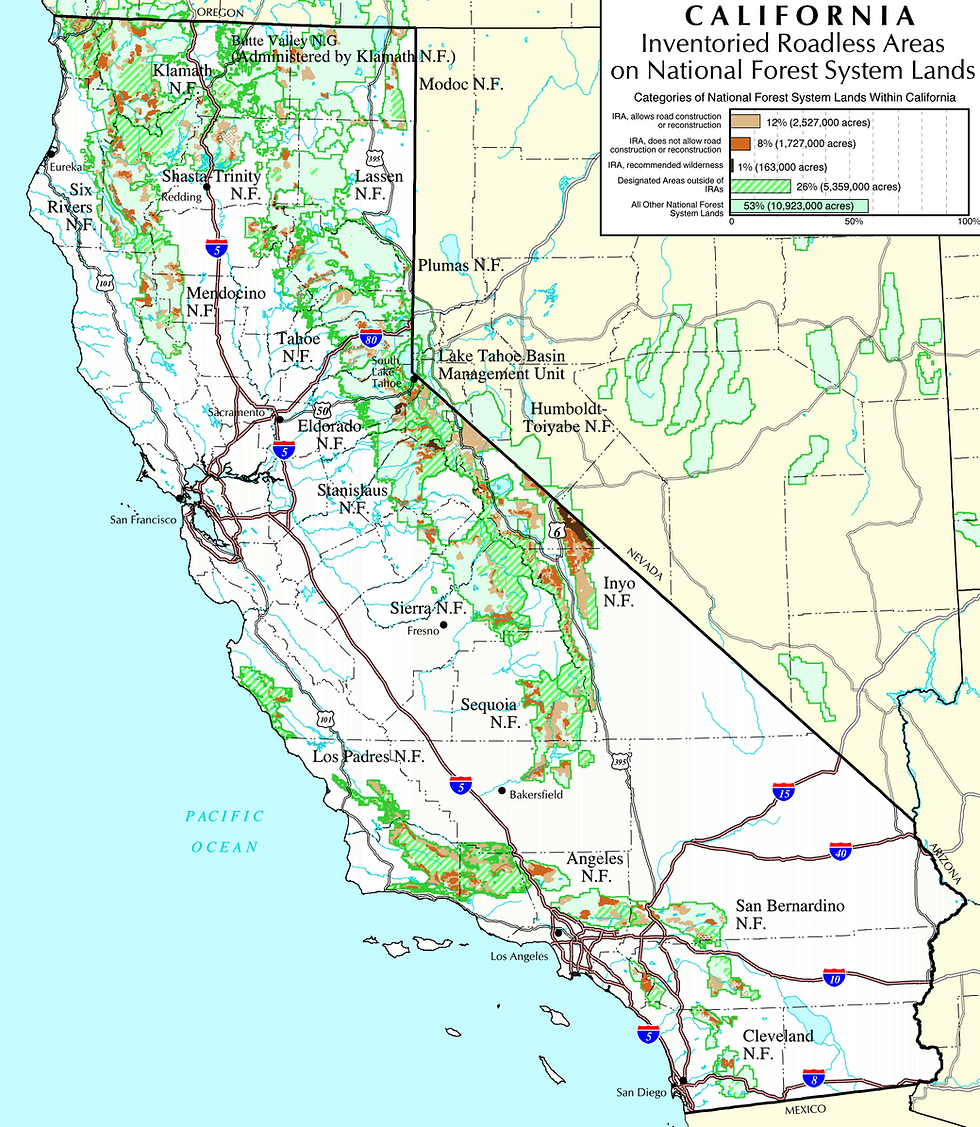The Attack On Environmental Safeguards Continues Amidst Global Crisis
- Mar 31, 2020
- 3 min read
The sheer amount of attacks on our environmental laws in the past three-plus years is stammering and has increased amidst the newest global crisis we are all facing. The current administration has orchestrated the largest reduction of protected public lands in U.S. history and has attempted to roll back nearly 100 environmental rules. The clean water, clean air, and the forests that all life depends are at risk, while our right to affect change is also being diminished.
Changes that have already occurred include eliminating rules to reduce methane emissions from drilling on public lands, rolling back regulations to increase the safety and transparency of hydraulic fracturing, watering down offshore drilling safety rules enacted after the Deepwater Horizon explosion, dramatically shrinking national monuments, and weakening enforcement of the Endangered Species Act (ESA). Furthermore, the Environmental Protection Agency (EPA) has suspended enforcement of environmental laws during the ongoing coronavirus outbreak, signaling to corporations they will not face any sanctions for polluting the air or water as long as they can claim in some way these violations were caused by the pandemic.

Sage-Grouse on the Curlew Grassland, Caribou-Targhee National Forest. Photo Credit: US Forest Service.
There are over seventy more sweeping policy changes just within the Department of Interior (DOI) alone. These proposals add to a destructive record of rolling back protections for wildlife, suppressing public input, and dramatically expanding drilling and mining throughout the country. There are too many to comprehensively list, however, one in particular that would greatly affect our region is the removal of 10 million acres of critical habitat focal area for the greater sage grouse. The sage grouse is a hugely important “umbrella species” that has long been a signifier of environmental health across the west, including northeastern California.
Not only that, but the nation’s most effective law at protecting wildlife, the ESA, has been dramatically weakened. In May this year, a United Nation’s panel on biodiversity released a massive, troubling report on the state of the world’s animals. The bottom line: As many as 1 million species are now at risk of extinction. It is a biodiversity crisis that spans the globe and threatens every ecosystem. ESA species listed as “threatened” are defined as “any species, which is likely to become endangered within the foreseeable future.”
These new rules constrain what is meant by “foreseeable future” and give significant discretion in interpreting what that means. The agencies that enforce the ESA have had to base their decisions of whether to protect a species solely on scientific data, “without reference to possible economic or other impacts of such determination.” The new rule removes that phrase and allows economics to be a consideration. Individual species are also targeted. Gray wolves, across the nation, are currently proposed for removal from the endangered species list when they have not even begun to recover in places like Colorado and California.
Perhaps the greatest threat to the forests of Northern California is the proposed changes to the National Environmental Policy Act (NEPA). NEPA allows the public to participate in land management decisions and requires that agencies consider environmental impacts from activities, such as logging. It also requires that different alternatives be considered. Here, the proposed changes would diminish all of the above: removing the requirement for alternatives, allowing larger projects to move forward without analyzing effects (as we have seen too often on the Mendocino National Forest), and eliminating public comment, forcing litigation as the only recourse. To add insult to injury, Trump has appointed 1 of every 4 appellate judges and two justices to the Supreme Court, tipping the favor against environmental and public interest.
It is time to turn the tide and sweep away this onslaught of harm. The breakdown of environmental laws and public interest is the breakdown of society. We must defend the natural world- the water, air, forests, and wildlife to thrive and survive. It is comforting to see that we have the ability, even globally, to move people to act in unison, toward a common goal. We must protect the web of life to safeguard our quality of life.





Comments